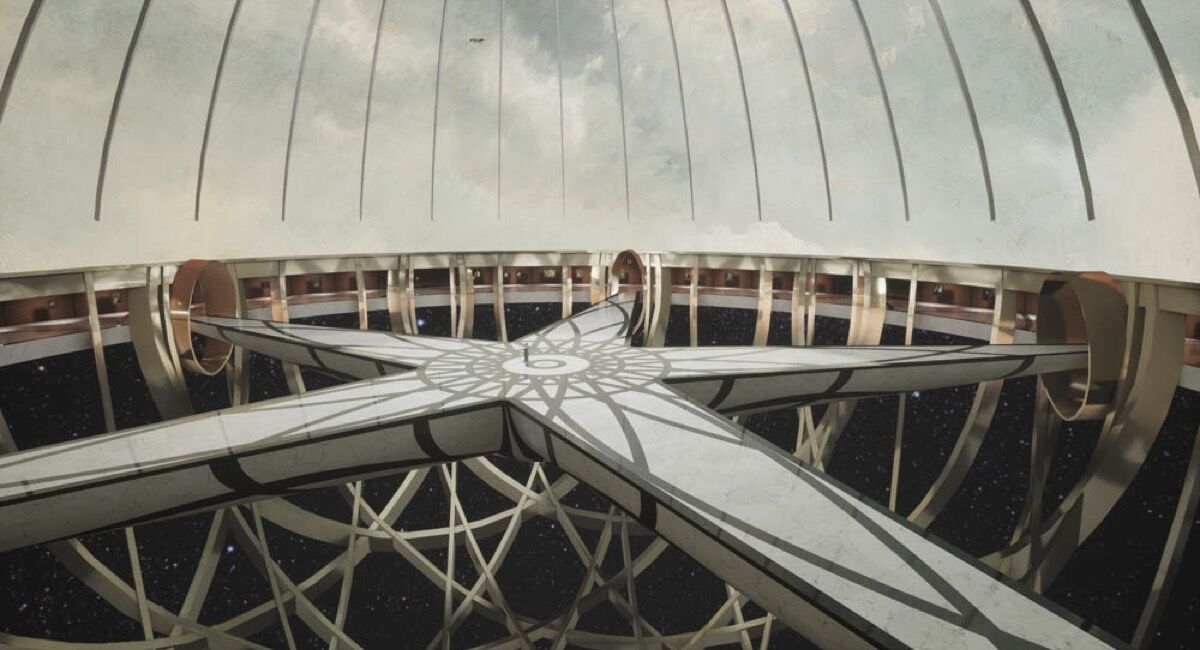Community, Leadership, Experimentation, Diversity, & Education
Pittsburgh Arts, Regional Theatre, New Work, Producing, Copyright, Labor Unions,
New Products, Coping Skills, J-O-Bs...
Theatre industry news, University & School of Drama Announcements, plus occasional course support for
Carnegie Mellon School of Drama Faculty, Staff, Students, and Alumni.
CMU School of Drama
Tuesday, November 28, 2017
A New Museum Exists Solely in VR. What Does That Mean for the Future?
www.artsy.net: At the new Kremer Museum, the lighting is perfectly optimized to accentuate the colors, brushstrokes, and details in each painting. The frames reflect light differently than the art, and soon, all of the lighting will be adjusted according to each visitor’s height to entirely eliminate glare. Visitors can not only view the front of each painting, but also the back, and potentially the X-ray as well—and they can do so from anywhere in the world, as long as they have the proper gear. The museum exists solely in virtual reality.
Subscribe to:
Post Comments (Atom)

3 comments:
I think this is so cool! One of the most interesting, engaging uses for VR I have ever heard. So far, it has been used for entertainment and enjoyment, but now to be able to employ this technology in the pursuit of art and a higher understanding of the world is incredible! I definitely do not see this as a way of illuminating actual museums, I think brick and morter will always be used to view and house art, but this way of viewing it is so accesible and easy, I think they will be able to reach many many more people. I think it might be important to have an actual museum for the VR one to be associated with though because it is important that it have a solid base somewhere in the physical world. I mean they own all of those paintings right, why not have them on display as well?
This is an absolutely incredible idea and I am so excited to see the finished product of this! Virtual reality retreated into the shadows for a while, but I think it is ready to make its comeback, and experiences like this could be the new interest. Going to an art museum to view a painting in real life is no different than viewing in online, except you get an atmosphere and an experience to go with it. To be able to “stand” in front of Kremer’s collection and experience its scale and presence without having to travel to Holland (since most of us won’t have the opportunity to do that in our lives) will allow this art to be appreciated by anyone with VR. The entire experience itself will be art if you think about it, because the virtual reality world and museum created to house Kremer’s works is a form of immersive art just as much as anything else is. I’m interested to see, however, if other museums or curators follow suit with this concept—this might be the future of museum-going.
The title and the beginning of this article had me concerned that this project was looking to change the way museums are visited and that this whole VR museum pitch was being set up to eliminate the museum industry altogether. I love visiting museums and that sort of atmosphere and community experience is eliminated with the use of VR. There is just something very special and almost emotional about seeing a piece of art in person that you do not get from seeing a photo. I am glad to hear that Kremer's "goal is to expand the museum experience, not replace it". This is not to say that I do not support the creation of this museum with the goal of making museum art more accessible to children who do not have the ability or funds to visit a museum, because I do, and I think this is a wonderful way to do so, but the experience of going to a museum could never be fully replaced with virtual reality, and I hope it never comes to a point where real museums are entirely replaced with virtual ones. I think that, like Roger’s says in this article, augmented reality seems likely a useful use of media to enhance the museum experience, like allowing you to use your phone to see different scans or layers of the art piece, but that VR is too isolating an experience to ever be able to truly emulate the real atmosphere of a museum. This project reminds me a lot of the Pharos Art Research Consortium article that was posted in early November. While the online art catalog is easily accessible, it is simply just photos and scans of art works, where as the VR gives you that immersed feeling, but getting your hands on VR equipment is much harder and more expensive than typing in a url.
Post a Comment